Deforestation: The Environmental Impact of Logging
- September 2, 2024
- 0 comment
Deforestation, the process of cutting down trees for timber, fuel, or paper production, is a practice that has been integral to human civilization for centuries. While it serves as a backbone for various industries, the environmental implications of logging, particularly deforestation, are profound.
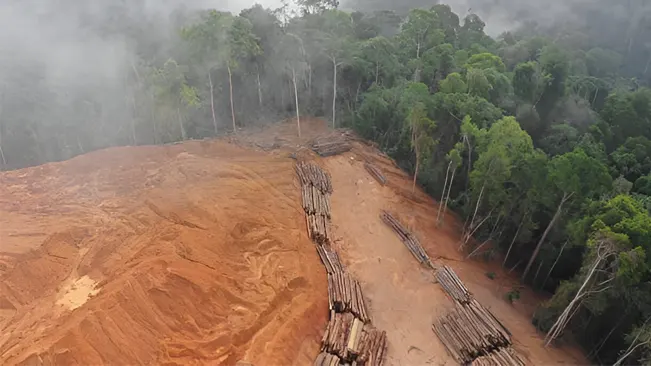
Forests are vital to the health of our planet they harbor biodiversity, regulate climate, and provide livelihoods for millions of people. However, the demand for wood products has led to extensive logging operations worldwide, resulting in significant environmental degradation.
What is Logging?
Logging refers to the cutting, skidding, on-site processing, and loading of trees or logs onto trucks. This practice is primarily driven by the need for wood as a raw material for construction, paper products, and fuel. There are different types of logging, including selective logging, where only certain trees are cut down, and clear-cutting, which involves the removal of all trees in an area.
Logging is a major economic activity, contributing significantly to the GDP of many countries. However, the focus on short-term economic gains often overshadows the long-term environmental costs. Unsustainable logging practices are a primary cause of deforestation, which poses a severe threat to the global environment.
Deforestation: The Primary Environmental Effects
Deforestation is the large-scale removal of forests, leading to the permanent destruction of trees and vegetation. Logging is one of the primary drivers of deforestation, particularly in tropical rainforests, where illegal and unregulated logging is rampant. When forests are cut down, the land is often left barren, and the natural habitat is destroyed.
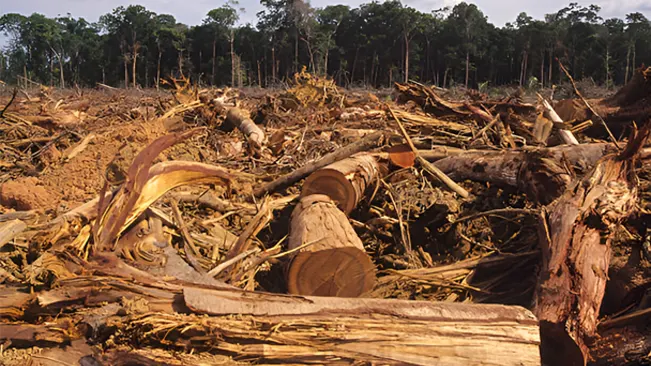
- Definition of deforestation: The large-scale clearing of forests, leading to permanent loss of tree cover and ecosystems.
- Logging’s role in deforestation: Logging is a primary driver of deforestation, especially in regions where it is unregulated.
- Consequences: Leads to the loss of biodiversity, disruption of ecosystems, and release of stored carbon dioxide into the atmosphere.
- Irreversibility: In many cases, the damage caused by deforestation is permanent, leading to long-term environmental degradation.
The consequences of deforestation are extensive. Forests play a critical role in absorbing carbon dioxide from the atmosphere, thus mitigating the effects of climate change. When trees are cut down, the carbon stored in them is released back into the atmosphere, contributing to global warming. Additionally, deforestation leads to the loss of biodiversity, as countless species lose their habitats and are pushed toward extinction.
Loss of Biodiversity
One of the most severe consequences of logging-induced deforestation is the loss of biodiversity. Forests are home to a vast array of plant and animal species, many of which are not found anywhere else on Earth. When trees are removed, the intricate web of life that depends on them is disrupted.
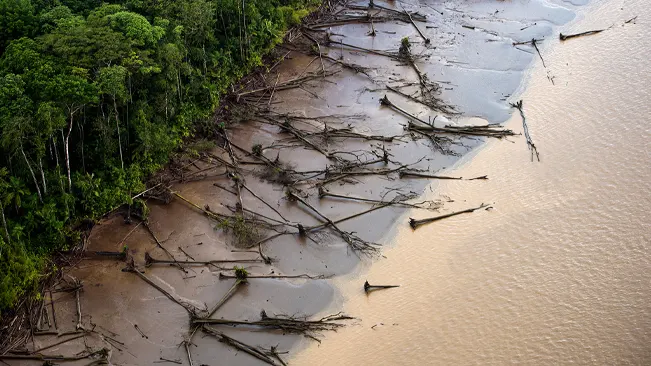
- Impact on plant species: Logging disrupts forest ecosystems, leading to the extinction of plant species that rely on specific forest conditions.
- Threats to wildlife: Animals lose their habitats and food sources, which can lead to population declines or extinction.
- Endangered species: Logging in biodiverse regions like the Amazon threatens species already on the brink of extinction.
- Ecosystem services: Biodiversity loss affects ecosystem services such as pollination, water purification, and soil fertility, essential for human survival.
Plant species that rely on the shade and moisture of the forest floor are particularly vulnerable. Without the canopy to protect them, they wither and die. Similarly, animals that depend on the forest for food and shelter, such as birds, insects, and mammals, find themselves displaced. Some species, especially those that are already endangered, may not survive the loss of their habitat.
Soil Erosion and Degradation
Forests play a vital role in preventing soil erosion. The roots of trees help to anchor the soil, while the canopy protects it from the impact of heavy rain. When trees are removed through logging, the soil is left exposed to the elements. This can lead to severe soil erosion, where the top layer of soil is washed away by rain or blown away by wind.
Tree roots and soil stability
Tree roots are vital for soil stability, as they anchor the soil firmly in place, reducing the risk of erosion. By intertwining with soil particles, roots create a natural reinforcement that prevents soil from being washed or blown away. This process helps maintain soil structure, preserves land fertility, and protects ecosystems from degradation caused by erosion.
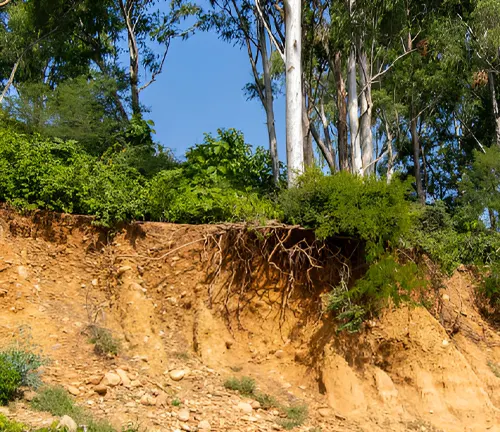
Impact of logging
Removing trees strips away the natural protection they provide. Without the canopy and root systems, soil is left vulnerable to wind and rain, which accelerates erosion. This process depletes the fertile topsoil, essential for plant growth, leading to reduced land productivity, increased runoff, and long-term environmental degradation.
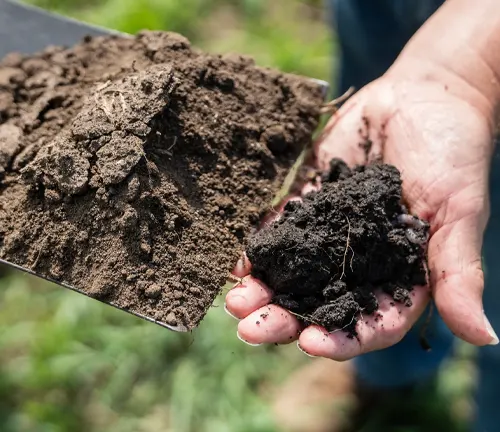
Consequences for agriculture
Erosion has serious consequences for agriculture, as it strips away the nutrient-rich topsoil essential for crop growth. This reduction in soil fertility makes it increasingly difficult for farmers to sustain productive yields, leading to lower crop outputs. As soil quality diminishes, the challenge of growing sufficient food intensifies, contributing to food insecurity and economic strain in affected regions.
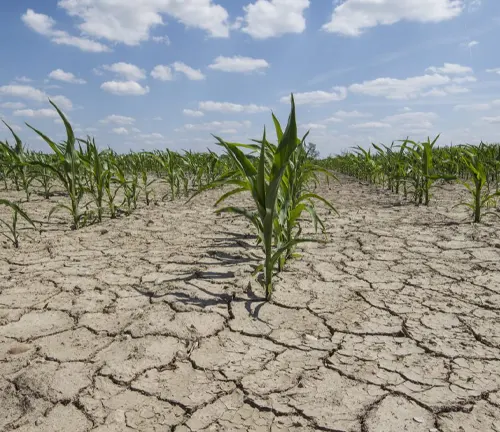
Long-term land degradation
Is a gradual but severe process that can culminate in desertification, where fertile land becomes arid and unproductive. As nutrients are depleted and soil structure deteriorates, the land loses its ability to support vegetation. This transformation not only diminishes agricultural potential but also disrupts local ecosystems, leading to barren landscapes and increased vulnerability to environmental stressors.

Soil erosion has devastating effects on the environment. It reduces the land’s ability to retain water, leading to increased runoff and the risk of flooding. The loss of topsoil also depletes the land of nutrients, making it less fertile and less capable of supporting plant life. Over time, this can lead to desertification, where once fertile land is turned into a barren desert.
Climate Change and Carbon Emissions
Forests are often referred to as the “lungs of the Earth” because of their role in absorbing carbon dioxide and producing oxygen. Through the process of photosynthesis, trees convert carbon dioxide into oxygen, helping to regulate the amount of greenhouse gases in the atmosphere. This makes forests one of the most effective natural tools we have for combating climate change.

- Forests as carbon sinks: Trees absorb carbon dioxide during photosynthesis, playing a crucial role in mitigating climate change.
- Carbon release: When trees are cut down and burned or left to rot, the stored carbon is released back into the atmosphere, increasing greenhouse gas levels.
- Contribution to global warming: Deforestation is a significant contributor to global warming, accounting for 10-15% of global carbon emissions.
- Feedback loop: The loss of forests exacerbates climate change, which in turn makes it harder for forests to regenerate, creating a vicious cycle.
However, when forests are cut down through logging, this balance is disrupted. The carbon stored in trees is released back into the atmosphere as carbon dioxide, contributing to the greenhouse effect and global warming. In addition to the carbon released from the trees themselves, the loss of forests also means that there are fewer trees to absorb carbon dioxide in the future, compounding the problem.
Disruption of Water Cycles
Forests play a crucial role in regulating the Earth’s water cycles. Trees absorb water from the soil and release it into the atmosphere through a process called transpiration. This water vapor then contributes to cloud formation and precipitation, helping to maintain a stable climate and water supply.
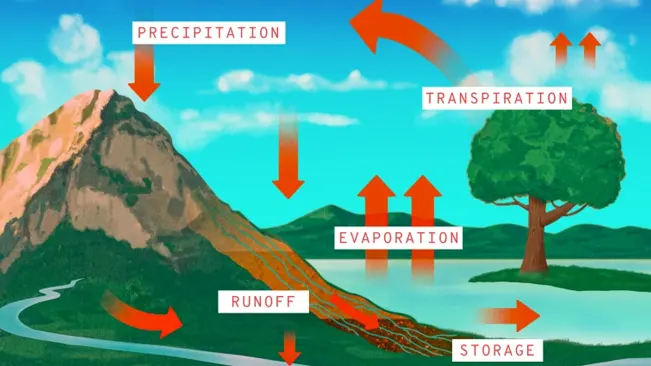
- Role of trees in water cycles: Trees regulate water cycles by absorbing and releasing water through transpiration, influencing rainfall patterns.
- Logging’s impact: Removing trees disrupts this cycle, leading to changes in local climates and reduced rainfall.
- Flooding risks: Without trees to absorb rainwater, runoff increases, leading to higher risks of flooding and soil erosion.
- Water scarcity: Logging can reduce the amount of water available in rivers and streams, leading to water shortages for human consumption and agriculture.
When forests are logged, this cycle is disrupted. Without trees to absorb water, more of it runs off into rivers and streams, leading to increased flooding and a reduction in groundwater levels. The loss of forests also affects local climates, as the cooling effect provided by transpiration is diminished, leading to hotter and drier conditions.
Sustainable Logging Practices
Sustainable logging practices are those that aim to meet the needs of the present without compromising the ability of future generations to meet their own needs. This means managing forests in a way that ensures they remain healthy and productive over the long term.
- Definition and importance: Sustainable logging involves practices that minimize environmental damage and ensure forests remain productive over the long term.
- Selective logging: Removing specific trees while leaving others intact to maintain forest structure and biodiversity.
- Reduced-impact logging: Techniques that minimize damage to the surrounding environment, such as careful planning and use of specialized equipment.
- Economic and environmental benefits: Sustainable logging helps protect the environment while ensuring the timber industry remains viable for future generations.
There are several approaches to sustainable logging. One is selective logging, which involves removing only certain trees while leaving the rest of the forest intact. This helps to minimize the environmental impact of logging and allows the forest to regenerate naturally. Another approach is reduced-impact logging, which uses techniques to minimize damage to the surrounding environment during logging operations.
Public Awareness and Education
Raising public awareness about the environmental effects of logging is essential for driving change. Many people are unaware of the impact that logging has on the environment, or they may not realize that the products they use every day are contributing to deforestation.
- Importance of awareness: Educating the public about the environmental impacts of logging is crucial for driving change and promoting sustainable practices.
- Environmental education programs: Schools, NGOs, and governments can implement programs to teach people about the importance of forests and the need for conservation.
- Consumer choices: By choosing products made from sustainably sourced wood, consumers can help reduce the demand for products that contribute to deforestation.
- Public campaigns: Initiatives to raise awareness, such as social media campaigns, documentaries, and public demonstrations, can mobilize people to take action against deforestation.
Environmental education programs can help to inform the public about the importance of forests and the need for sustainable logging practices. This can include everything from school programs to public awareness campaigns, as well as efforts to engage the media and policymakers.
Conclusion
The environmental effects of logging, particularly deforestation, are profound and far-reaching. Logging contributes to the loss of biodiversity, soil erosion, climate change, and the disruption of water cycles. It also has significant social and economic impacts, particularly for indigenous communities.
However, there are solutions. Reforestation, sustainable logging practices, and strong legislation can help to mitigate the damage caused by logging. Corporations and consumers also have a role to play in promoting responsible practices and protecting our forests for future generations.
Frequently Asked Questions (FAQ)
- How does logging contribute to deforestation?
Logging leads to the removal of trees from forests, which often results in large-scale deforestation, especially when not managed sustainably. - What are the environmental impacts of deforestation caused by logging? Deforestation leads to loss of biodiversity, soil erosion, disruption of water cycles, and increased carbon emissions, contributing to climate change.
- How does logging affect wildlife and biodiversity?
Logging destroys habitats, forcing wildlife to relocate or perish, and reduces biodiversity by eliminating plant and animal species that rely on forest ecosystems. - Can reforestation offset the damage caused by logging?
Reforestation can help restore ecosystems, but it takes time and does not always fully recover the biodiversity and carbon storage lost through deforestation. - What are sustainable logging practices?
Sustainable logging involves methods like selective logging, reduced-impact logging, and adherence to certification standards like those from the Forest Stewardship Council (FSC). - How does logging affect soil quality?
Logging exposes soil to erosion by removing tree roots that stabilize it, leading to loss of fertile topsoil and long-term land degradation. - What role do forests play in mitigating climate change?
Forests act as carbon sinks, absorbing carbon dioxide from the atmosphere. Deforestation reduces this capacity, increasing the amount of CO2 and accelerating climate change. - How does logging impact local communities and indigenous peoples?
Logging can displace communities that depend on forests for their livelihoods, cultural practices, and traditions, leading to social and economic disruptions. - Are there laws and regulations to control logging?
Many countries have laws to regulate logging, but enforcement varies. International agreements like the Paris Agreement also include provisions to reduce deforestation. - What can individuals do to help prevent deforestation?
Individuals can support sustainable products, reduce wood and paper consumption, advocate for stronger forest protection policies, and contribute to reforestation efforts.

Jordan Blake
Forestry AuthorJordan Blake is a forestry expert with over 15 years of experience in arboriculture and community education. Passionate about sustainable forest management, Jordan regularly writes for Forestry.com and Tree Care Magazine. Holding certifications in tree health assessments and urban forestry management, Jordan conducts workshops to educate the public on sustainable practices. Jordan has a degree in Environmental Science and enjoys hiking and photography in their free time.



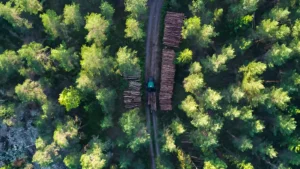


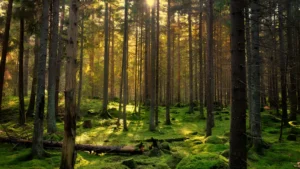
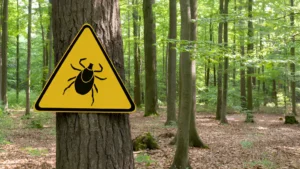
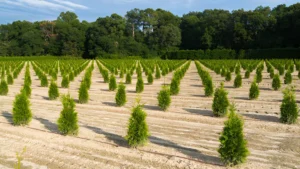
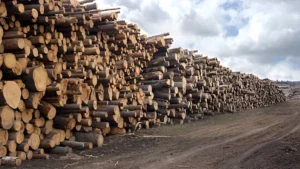



Leave your comment